
|
|
|
|
|
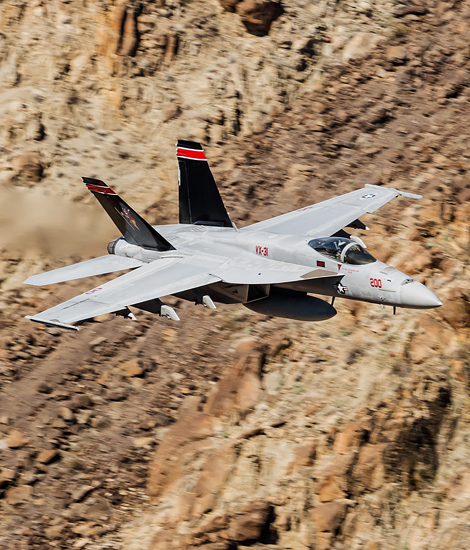
|
Photography in Star Wars Canyon; Rainbow Canyon, March 7-10, 2017
The Jedi Transition, part 2; Text and Photograph's by Alex van Noye
To have a successful photoshoot in Death Valley, it is important that a few necessary preparations will be made upon front to this visit. The Star Wars Canyon in Death Valley is one of the most remote and inhospitable areas in the world and should be taken very seriously, because it is especially extremely hot.
Death Valley is known as one of the hottest and driest places on Earth. In the summer the temperature here can easily reach towards 50 degrees Celsius and it is an extremely dry combustion which people do not notice right away. It is very important that you prepare yourself well protected from the heat by wearing a hat or a cap on your head and use sunscreen. It is also important to take enough water with you when you go up the mountain. The best time to visit Death Valley is in the period from late September to early May. In this period, the air is crisp and clear and you can take pictures without suffering from the heat haze. When you go up the mountain, you best wear sturdy walking shoes, because the landscape is very rough. The lowermost point of the mountain can be reached within 15 minutes from the car. If you want to go to the more photogenic places, you have to go higher towards the top of the mountain. Do not underestimate this effort; the walk up can be very intense due to the heat and drought in combination with the height. The further you go towards the exit of the Jedi Transition, the rougher the rocks are. Besides the dangers of the heat it is also important to watch your step, because there are some dangerous animals which live in the area. The smallest and least conspicuous animals in this area are scorpions and huge tarantula spiders. Also, there are lots of rattlesnakes in the area which are often hidden underneath the rocks where you want to get up.
The Star Wars Canyon is located just east of the village of Panamint Springs and lies parallel north of the road to Route 190. Due to the limited visibility at some points along the route, it is advisable to take a hand scanner with you. Usually the aircraft report themselves when they will enter the Jedi Transition on the frequency 315.9 MHz. The aircraft will give clearly its callsign on this frequency and the message that they will enter the Jedi Transition. The useful part of the Star Wars Canyon is about 5 km long and has several nice positions for photography. In total there are five good
|
|
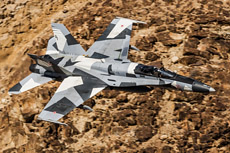
|
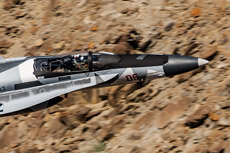
|
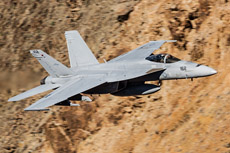
|
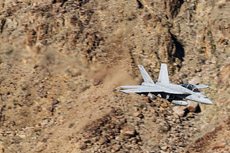
|
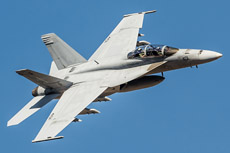
|
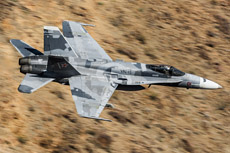
|
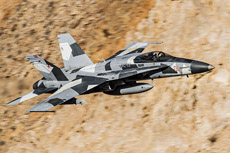
|
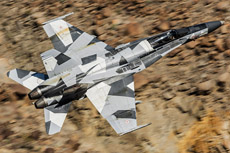
|
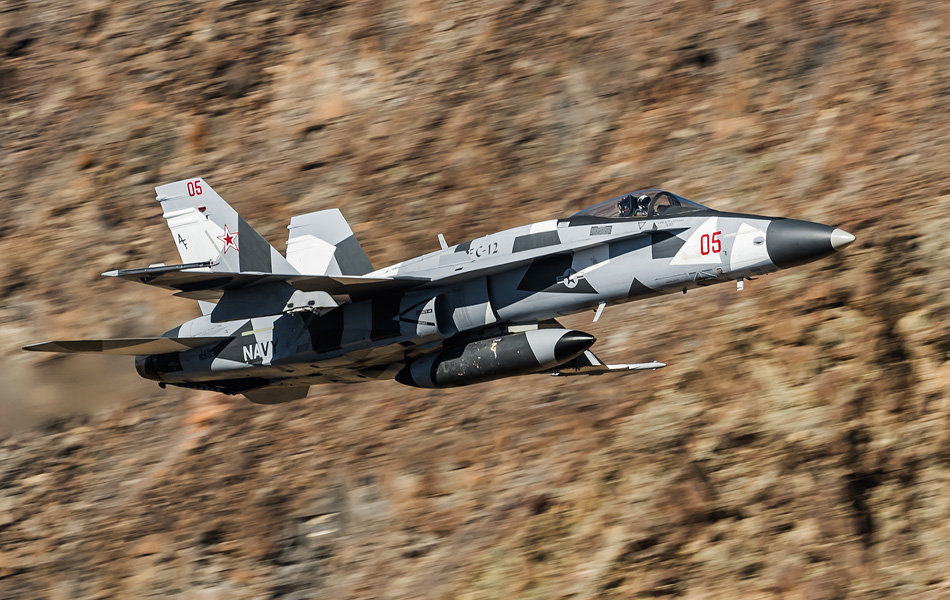
|
photography locations defined along the route. The first is Father Crowley Overlook. This location is a public parking area along Route 190 and you can literally stand here beside the car while photographing (coordinates 36.351858, -117.550664). You do not have to climb for pictures at this location as in many other low-flying areas. From here you can see the planes diving into the canyon. However, you often look at the bottom of the aircraft, because the planes here will make a left turn when they dive into the canyon. The advantage of this place is the accessibility of the location and the fact that you see the arriving aircraft from far away. From the parking lot, you walk into a dirt road along the edge of the canyon. Halfway you can stand on the second point (coordinates 36.354512, -117.545083) but also at the end of the path up the mountain on the third point (coordinates 36.355423, -117.542640). Here you shoot the aircraft from the side while you can stand a little bit higher compared to the most aircraft.
At the fourth spot, you need to drive a little bit some further to the east from the parking lot of Father Crowley Overlook. It is located in the bend along the route 190 where a small strip can be found to park your car (coordinates 36.357362, -117.531459). There is at this location space for about ten cars. Usually this is enough, because unlike the low flying areas in Europe, in the United States less active people will be in this area. From here you can walk up the mountain following a small path and at the top you arrive at the fourth point (coordinates 36.361427, -117.528922). This is by far the most popular location for photos, because you can shoot the planes here passing topside. The planes lie on the side in a right turn and in addition you are standing 100 meters higher than the planes that pass. The photos are fantastic at this location, because you can see the planes during the turning from leveled position to topside position. However, shooting on this spot is the most challenging, because you see the planes often very late. You usually only have a few seconds to find the aircraft in your viewfinder including the focusing. For the fifth spot you have to go a bit further to the east (coordinates 36.359077, -117.514283). At this location you stand at the Jedi Exit and you have the sand dunes of the desert in the background. On this spot you also have almost no time to focus and you should act quickly with the camera. This position is better suited later in the day in respect to the position of the sun.
For photographing fighters in the Rainbow Canyon one can best use at least a 400 to 500mm lens on a full frame camera. To shoot under real nice angles you need to go mainly to the fourth spot, it is in some situations even desirable to work with more millimeters. In terms of light you can stand all day in the canyon, because passing aircraft proceed in general from west to east. Only after 14:00, it will be challenging to photograph in terms of light conditions. Later on the day you can move yourself the best to the exit of the Jedi Transition at the fifth spot. To photograph the aircraft itself, you should be pretty fast. The planes usually go with a very high speed through the canyon and you also can see them often very late arriving. When the planes come by, you must immediately have it in your viewfinder, because if that fails, then you're too late to capture it. In total you get only three to five seconds to make a good shot when an aircraft is passing. Regarding the settings you choose, it is safer to use a shutter speed of 1/1000 second or up if you want to be sure that the aircraft focused properly on the photo. The more experienced photographers can go for a shutter speed of around 1/500 seconds. The background in these photos is blurred due to the high speed of the aircraft. There is a risk that you have a plane on photo which is out of focus, but if succeeded you get speed in the picture. You need to be in control of panning techniques if you want to shoot with these shutter speeds. Taking photos in the Jedi Transition is due to the many possibilities spectacular, challenging and fun.
|
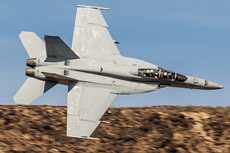
|
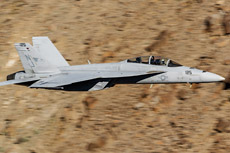
|
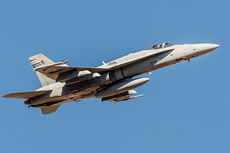
|
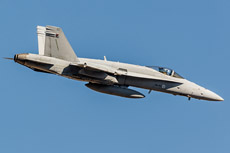
|
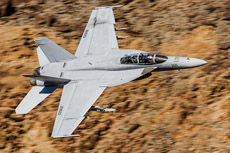
|
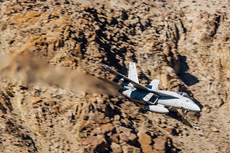
|
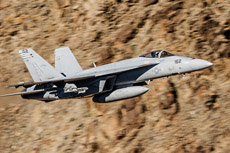
|

|
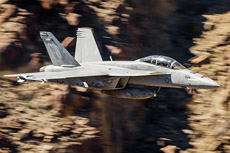
|
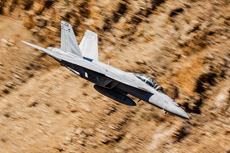
|
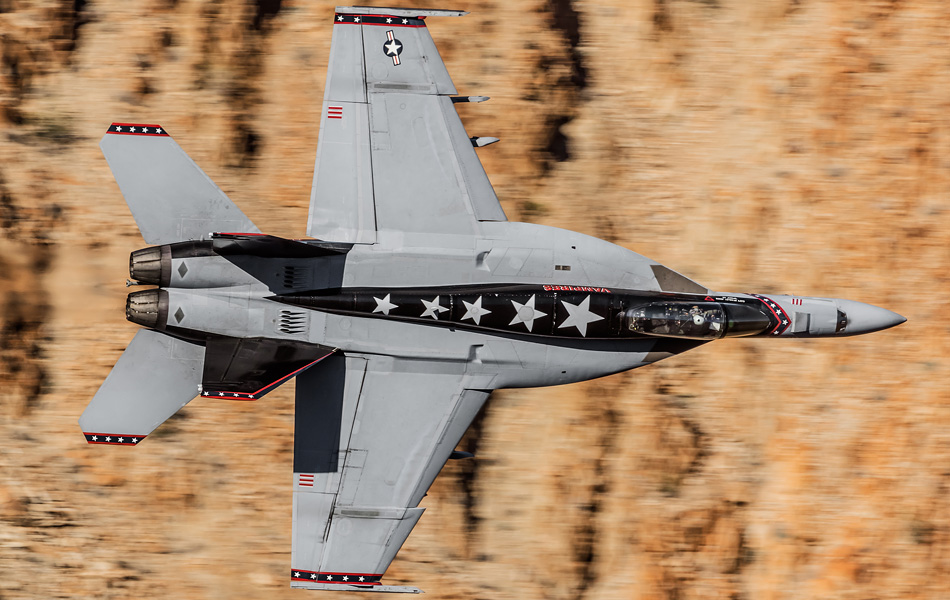
|
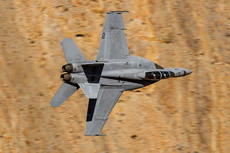
|
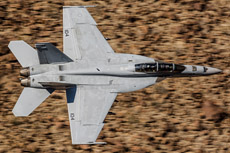
|
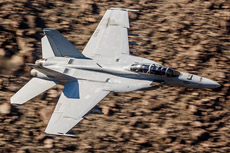
|
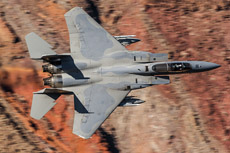
|
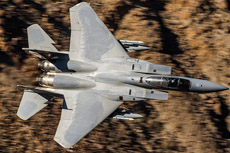
|
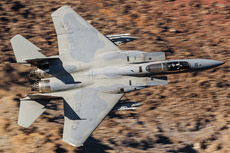
|
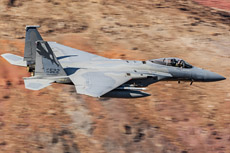
|
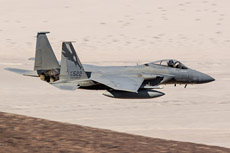
|
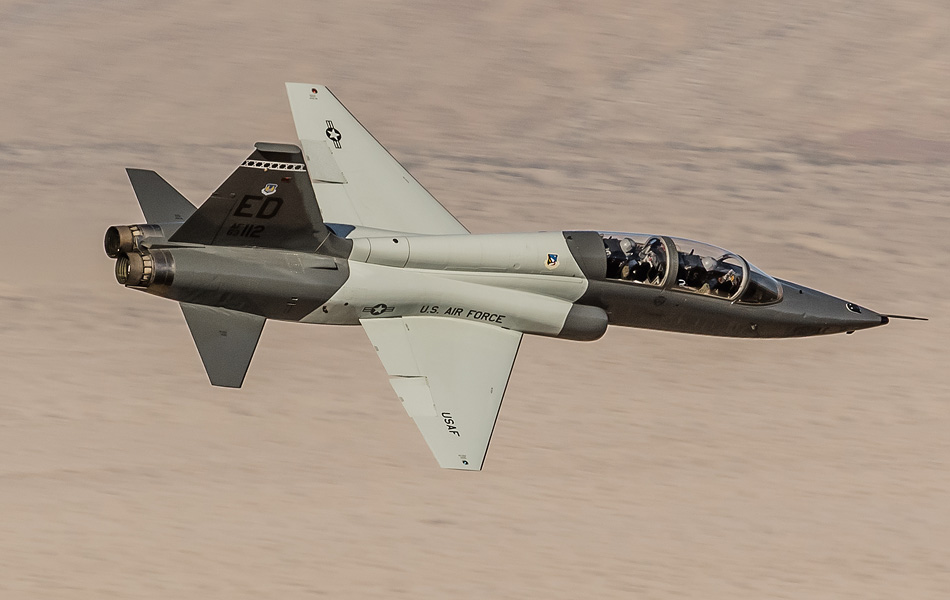
|
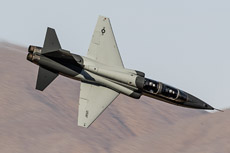
|
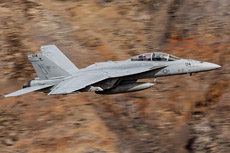
|
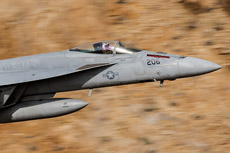
|
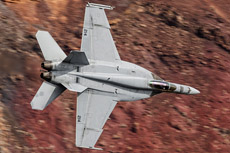
|
|
|

|







